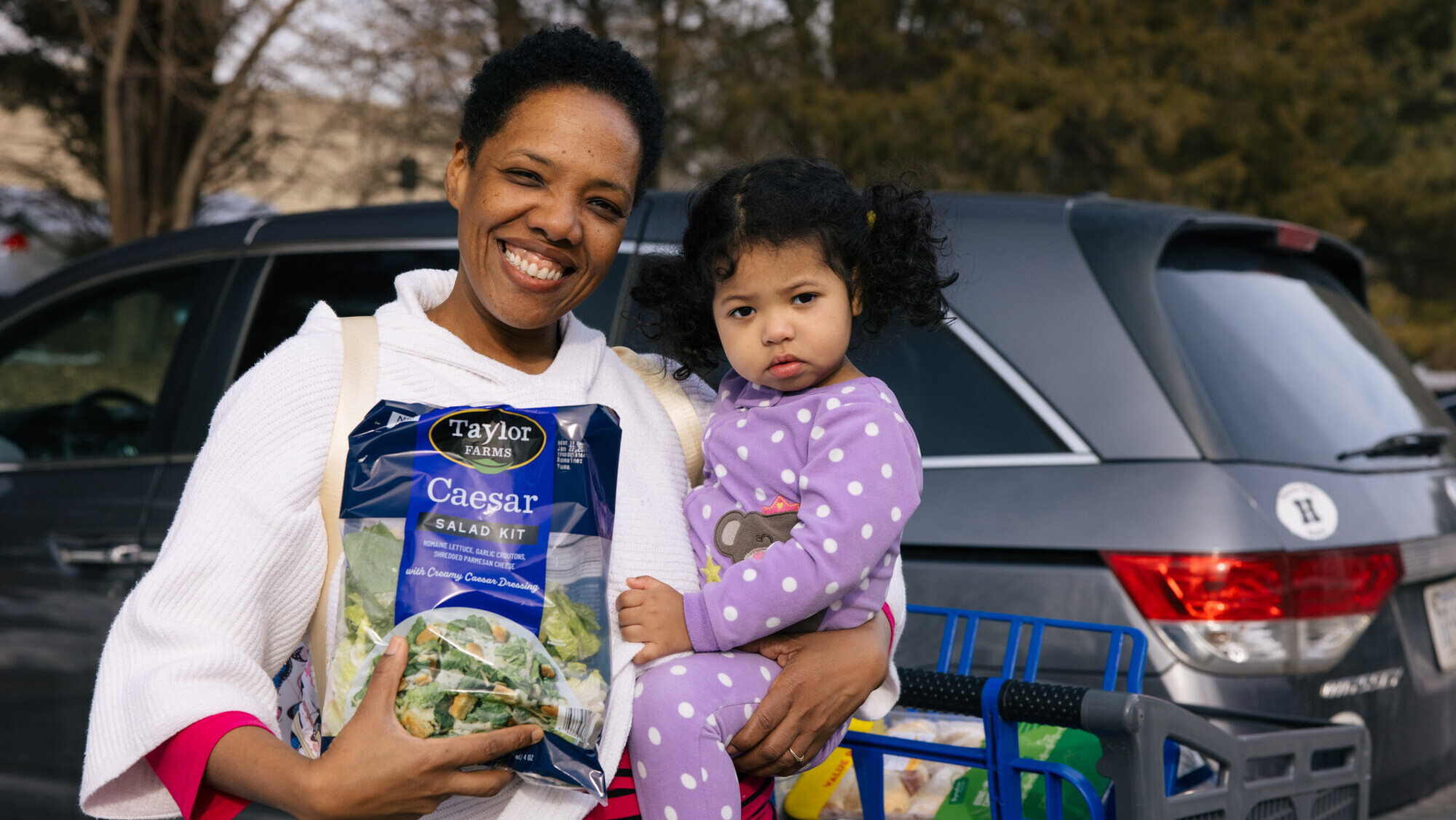The following summarizes material presented in a virtual CEO Forum on April 10, 2024. You can watch the recording here.
By Michael McKee, CEO
On April 10, I was fortunate enough to connect with many of the Food Bank’s partners and donors to update them on the state of food banking in central and western Virginia during a virtual CEO Forum.
My message was one of urgency and resolve. Never in the 43 years that the Food Bank has been in operation has the demand for food assistance been this high. Anchored by a strong strategic plan, the Food Bank is able to meet that unprecedented need, and rise to the challenge of making sure our neighbors have enough nutritious food to eat.
But we can’t do it alone. After all, hunger impacts an entire community, and it takes all of us working together to address it. I am convinced that together, we can weather the storm and come out stronger on the other side.
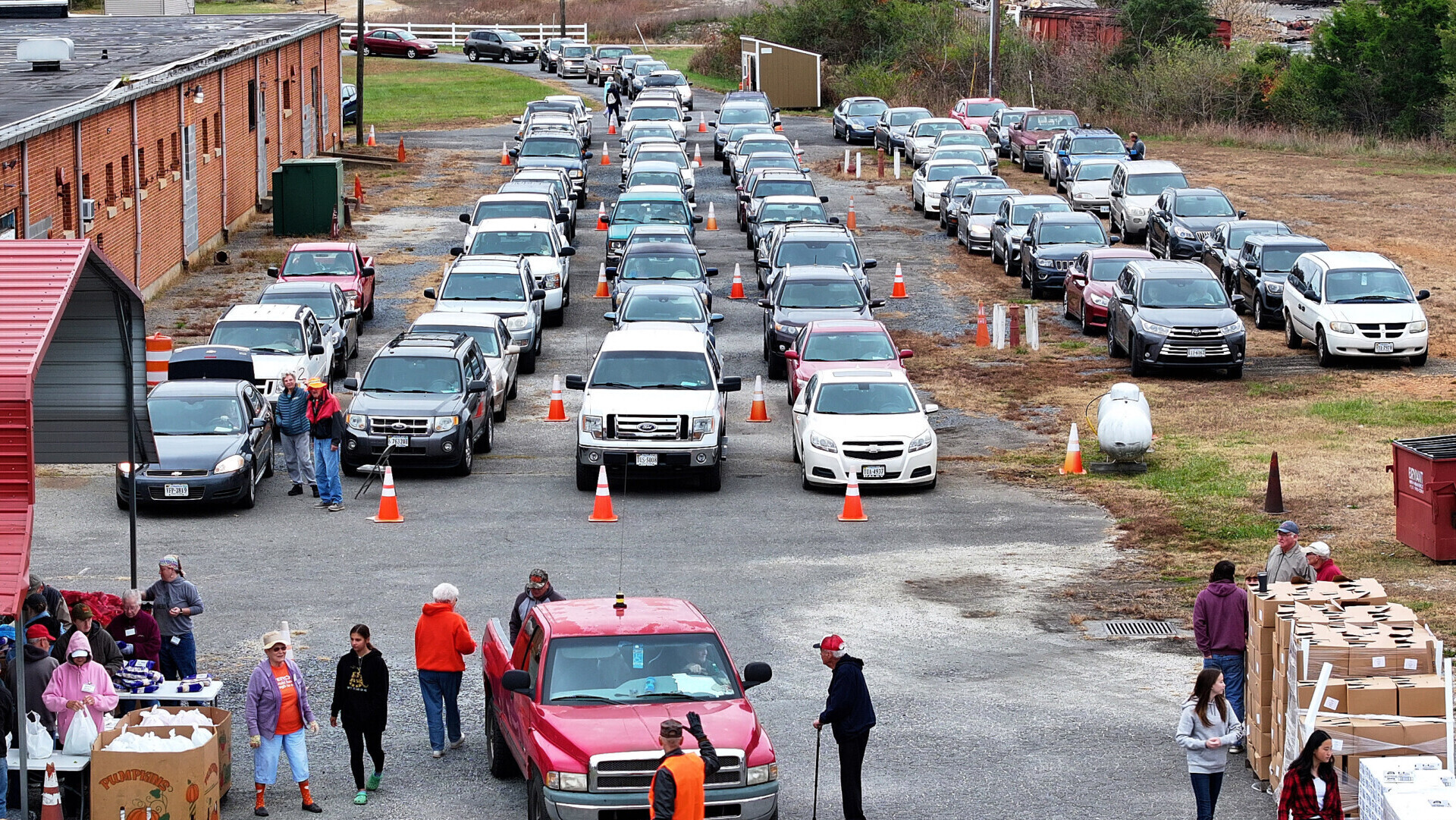
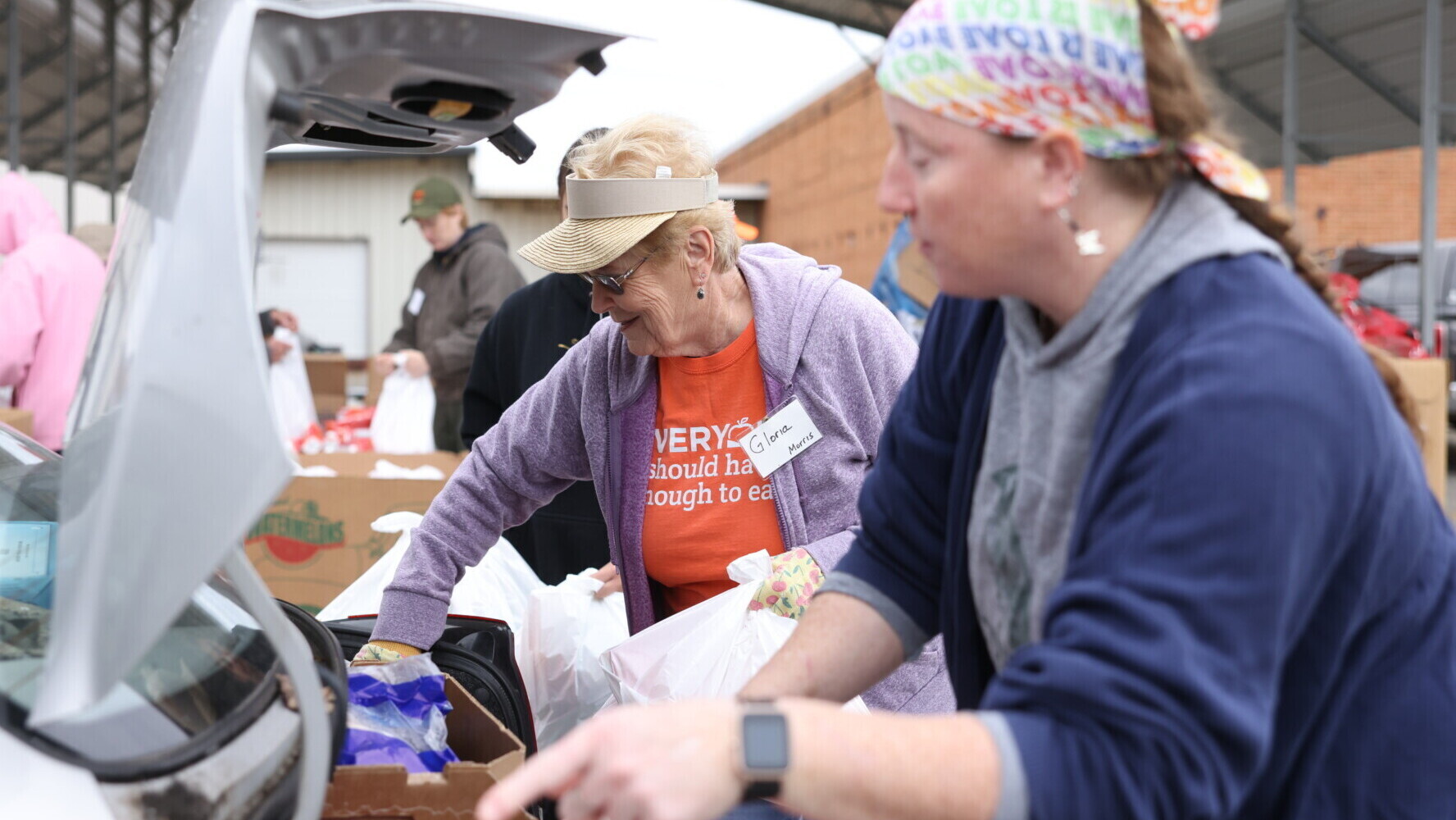
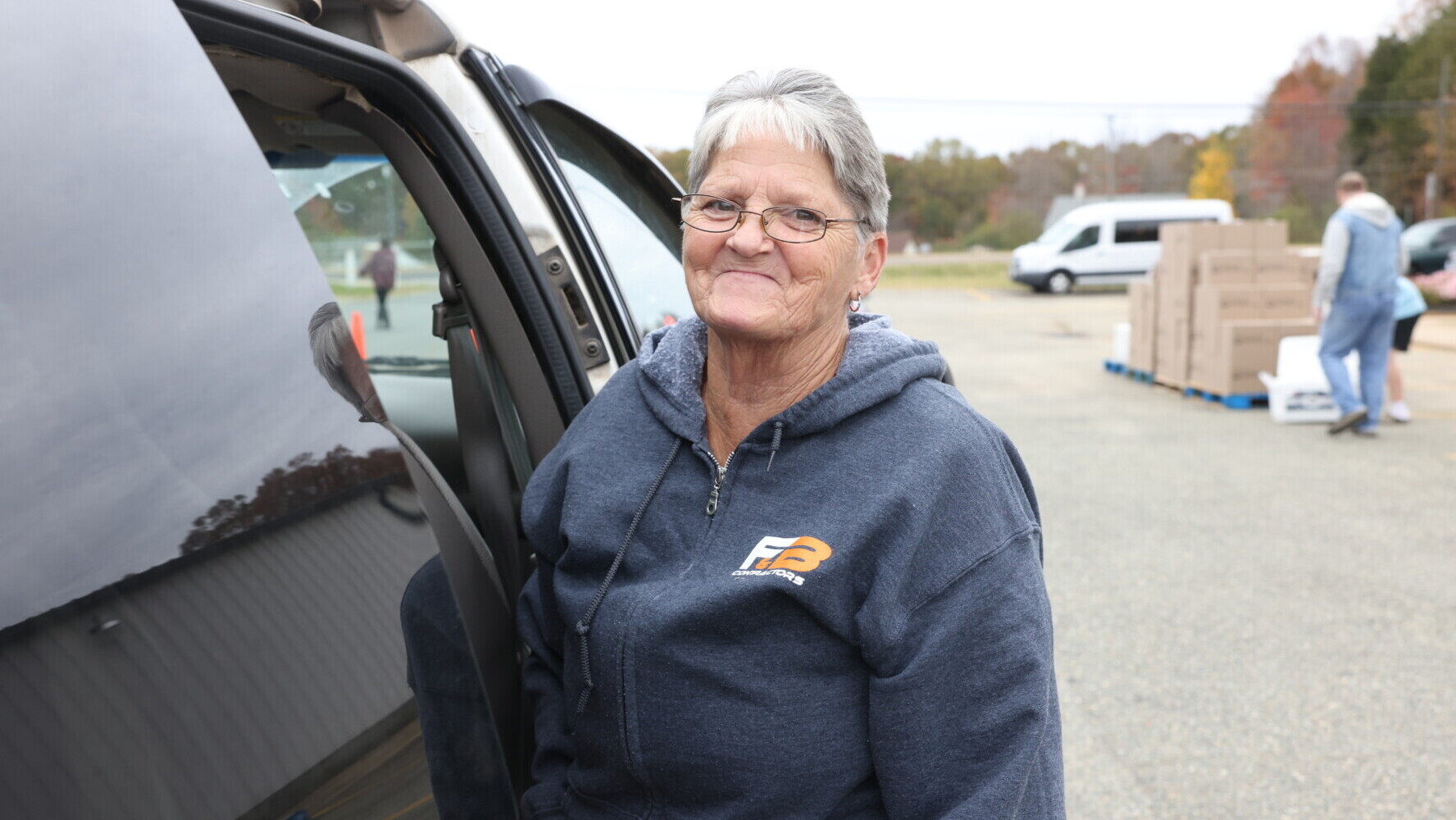
36 miles
That’s how long the line would be if everyone who turns to the network each month stood shoulder to shoulder. That’s the equivalent of a drive down the highway from Staunton to the west side of Charlottesville.
The numbers tell the story
During the virtual forum entitled “Hunger’s Historic Surge; How the Food Bank Is Responding,” I spoke about the “startling demand for food” the Food Bank is currently seeing. And it’s the numbers that truly tell the story of that unprecedented demand for food assistance. On average, 153,000 people turned to the food bank and its partners for food assistance each month during the second half of 2023, while the year before that number was 127,500. In October of 2023, the Food Bank recorded 173,000 visits to programs and partners in its network, an all-time high.
Between July and December of 2023, the Food Bank acquired 16.4 million pounds of food to keep up with the demand, a record. That’s the equivalent of 13 million meals. The Food Bank had to purchase 31% more food to keep up with that demand and make up for drops in donations; we are on track to spend $5 million this year on purchased food, 200% more than we did in 2019.

Current surge was not expected, but it can be explained…
In all honesty, we didn’t see this coming. In 2022 and 2023 we anticipated continued need, but we thought it would settle back to pre-pandemic levels, which has been the traditional experience of food banks following major economic disruptions. The opposite has proved true.
Current economic trends have put a strain on many of our neighbors. It’s worth pointing out that in 2023 most of the last COVID-era benefits came to an end. We know that many of our guests were affected by these changes.
On top of that, inflation has played a large role in forcing more people to turn to the Food Bank for assistance. In 2023, the typical U.S. household had to pay over $200 more a month for the same goods and services as it did a year earlier, according to Moody’s Analytics. And that same household is now paying $1,000 more a month for these same goods and services as it did three years ago. And salaries have not kept up with those rising costs.
Strong vision leads to innovative and bold initiatives
Although the current trends could be considered sobering, I vowed during the forum that sourcing and distributing nutritious food to those who need it will always be the Food Bank’s priority. An expected uptick in the amount of food that will be donated by the government next year, and a growing number of partnerships with large retailers are positive developments.
And, anchored by the Food Bank’s strategic plan, we are rolling out initiatives that can make an impact in the lives of hundreds of thousands of Virginians in the future. Here are three I focused on:
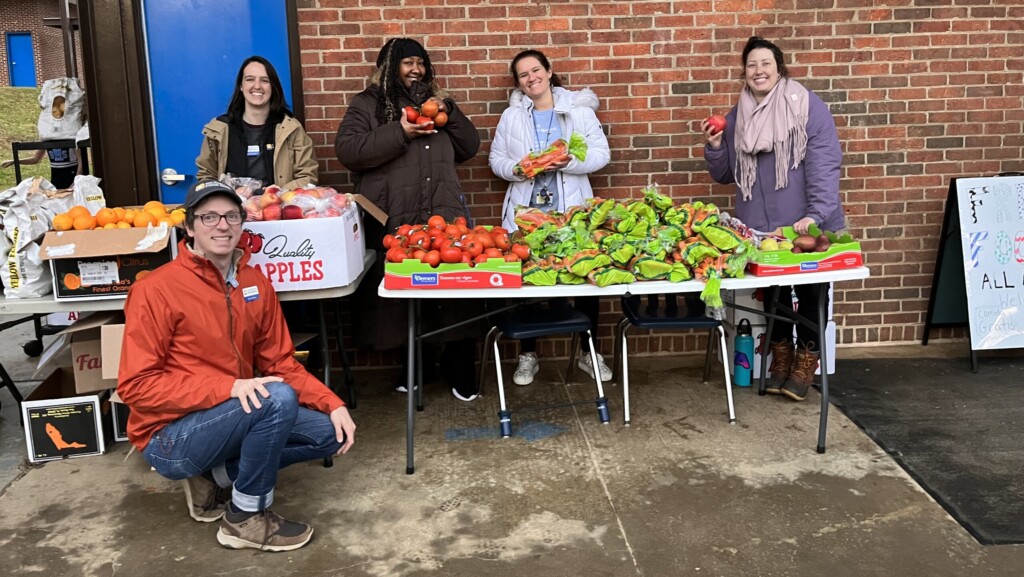
1: Leaning in to help support our partners
We will take additional steps to make sure our pantry and program partners are supported by the Food Bank. After all, the single most efficient and effective way to distribute much of the 30+ million pounds of food each year is through our network of amazing, dedicated partners. But they are under strain, as well.
That’s why our aim will be to include more non-traditional partners in the charitable food network. As an example, we recently launched a new school market at Strasburg High School in Shenandoah County, which is operated by the school nurse and students. I’m so excited about this.
We will also selectively recruit highly strategic organizations to partner with, who have cultivated relationships with community members who are food insecure but, for whatever reason, have not turned to the network for assistance.
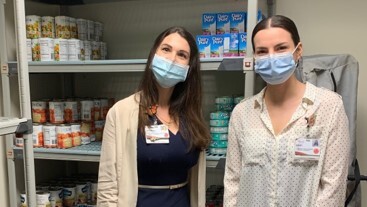
2: Adding more Food Pharmacy sites, and continue to support Healthy Pantry Initiative
In the coming years, the Food Bank will continue to grow its Food Pharmacy sites. These are in-clinic food pantries where patients can access food tailored for their health needs at the same time they receive health care.
The Food Bank will also continue to promote and support the Healthy Pantry Initiative, a statewide collaboration designed to help food pantry partners with tools, supplies, and resources to encourage their guests to make healthy choices. So far, 122 pantries in the Food Bank network have signed on to participate.
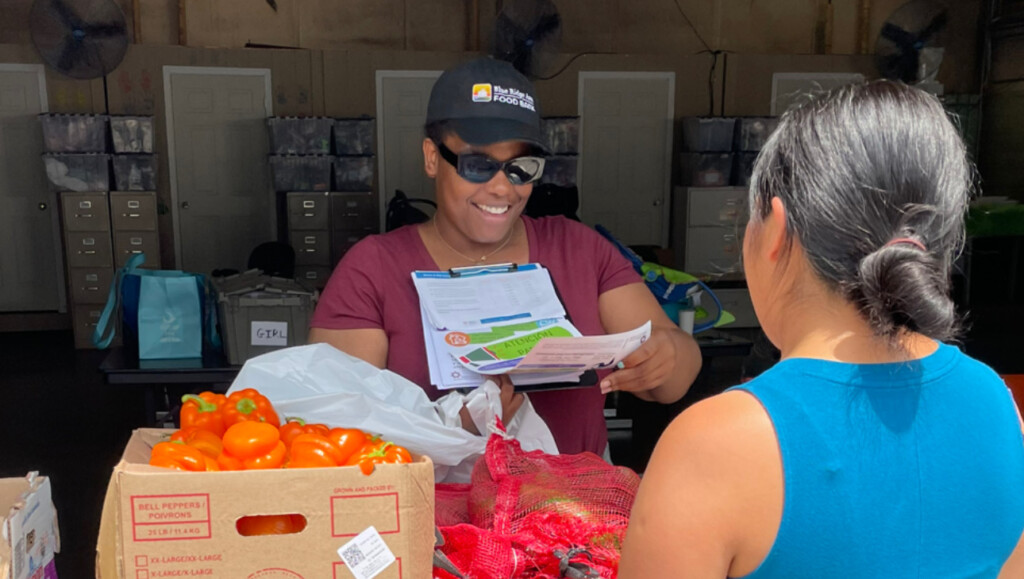
3: Connecting people to additional resources
The Food Bank aims to connect as many guests as possible to additional resources, specifically the Supplemental Nutrition Assistance Program (SNAP). Our goal is to increase food security for our neighbors and set them on a course that could lead to more financial stability.
Currently, many eligible Virginians are not enrolled in the program. Among eligible seniors only a third receive this government benefit. The Food Bank is rolling out several pilots in the coming months to reach those neighbors and make a meaningful impact in the lives of many.

